 The first European Air Transport Training (EATT) was held from June 4th until June 15th at Zaragoza Air Base in Spain. Zaragoza provided participating aircrews with formidable training facilities due to the nearby San Gregorio training range. Nearby Ablitas airfield was made available for Tactical Air Landing Operations (TALO).
The first European Air Transport Training (EATT) was held from June 4th until June 15th at Zaragoza Air Base in Spain. Zaragoza provided participating aircrews with formidable training facilities due to the nearby San Gregorio training range. Nearby Ablitas airfield was made available for Tactical Air Landing Operations (TALO).
The entire preparation for the exercise was done under the auspices of the Ad Hoc Working Group Tactical Air Transport (AHWG TAT) led by LTC Pascal July from the Belgian air force. European Air Transport Command (EATC) officials played a vital role in the preparations and conduct of this exercise. EATC provided expertise on several domains (training, intelligence, maintenance) whilst the European Defence Agency (EDA) has the adequate levers to address national authorities and convince them to develop cooperation.
The Initial Planning Conference for EATT 2012 took place in Madrid in March 2011, the Main Planning Conference in September and the Final Planning Conference in March 2012. These conferences were deemed necessary to guarantee a good training event. In addition, a number of seperate AHWG TAT meetings were needed between these main conferences.
Six nations participated in The first European Air Transport Training: the four EATC nations (France, Germany, Belgium and the Netherlands), the Czech Republic and Spain. In the meantime, some other nations such as Italy, Greece or Sweden have expressed a willingness to participate in EATT 2013. Austria, Bulgaria, Italy and Norway were present as observer nation and the chances are high they will participate in EATT 2013 as well. NATO’s Joint Air Power Competence Center (JAPCC) and the European Air Group sent some delegates as well.
In addition to various common training objectives, EATT 2012 involved tests aimed at developing essential multinational air transport intelligence cell skills. Procedures concerning multinational cross-services maintenance were also integrated in the training. Lessons learned from consecutive EATT events will provide participants with a solid basis for future deployments in the scope of European operations, in the perspective of the use of the A400M and in the set-up of a European Advanced Airlift Tactics Training Course (EAATTC).
The event focused on airlift-specific tactics, techniques and procedures and allowed their harmonisation leading to more interoperability between EU aircrews. The participants to EATT 2012 were the following:
1) Spain (host nation): a C-130 Hercules and a CASA 295
2) Belgium: a C-130,
3) Czech Republic: a CASA 295,
4) France: a C-130,
5) Germany: two C-160 Transall
6) The Netherlands: a C-130.
The Zaragoza based fighter wing provided fast air support with its F-18 Hornets. Local Spanish surface-to-air missile (SAM) units with Aspide and Mistral provided a realistic ground based air defence threat during the exercise.
The exercise started with single ship missions and evolved to Combined Air Operations (COMAO) missions in a threat environment with the participation of fighters (blue and red air) and ground to air threats. During the exercise the aircrews had to perform tactical operations such as recoveries and assault landings and multiple ship formation flying. Special focus was put on night operations with and without the use of night vision goggles. The main lessons focussed on advanced mission planning in a multinational environment and tactical navigation in mountainous terrain. Due to the numerous aircraft and nations involved in the training, the first EATT gave a good chance to harmonize procedures and to learn from other air forces about their tactics.
The unexpected death of the officer commanding the exercise, Lt Gen Juan Luis Abad Cellini led to the cancellation of the distinguished visitors day. Despite this sad incident, officials in charge of the charge stated that the exercise was a great success.
Background: In May 2006 the European Defence Agency (EDA) was requested to undertake a comprehensive capability analysis of future airlift requirements. This was due to a more elaborate initiative on promoting synergies between the European Union (EU) civil and military capabilities development for EU crisis management operations and disaster relief operations. A series of studies have been conducted since 2006 by the Capabilities Directorate of the EDA, strategic transport and intra-theatre mobility being amongst the areas looked into. Discussion in the Foreign Affairs Council of the EU has since focussed on how the EDA should develop activities on ‘pooling & sharing’ with airlift capabilities being one of the primary projects.
The European Air Transport Fleet (EATF) initiative was formally launched on November 17th, 2009 by fourteen EU ministers of defence. Romania signed the EATF letter of intent a few months later. Subsequently, the Project Team European Air Transport Fleet (PT EATF) focussed on the following issues:
1) To clarify conditions under which military airlift capacity (including military contracted lift) may be used in support of EU civilian missions and disaster response operations.
2) To achieve a common understanding of flat rates (flying hour cost) for military airlift and establish a database of flat rates for military airlift.
3) To draft SOPs in respect of the provision of military airlift.
Potential synergies were then developed by identifying actions that bring mutual and tangible added value and deriving individual work lines for each action.
A key milestone was reached on May 23rd, 2011, when eighteen ministers of defence agreed on EATF being an EDA Category A programme. Norway joined the programme at a later stage, in November 2011. Presently, EATF partnership signatories are Austria, Belgium, Bulgaria, Czech Republic, Finland, France, Germany, Greece, Italy, Lithuania, Luxemburg, Netherlands, Poland, Portugal, Romania, Slovakia, Spain and Sweden, plus Norway.
Coincidentally, on September 1st, 2010 the European Air Transport Command (EATC) was established in Eindhoven by France, Germany, Belgium and the Netherlands. This was due to initiatives from both EU and NATO that had demonstrated a shortage in military air transport. It is important to note that the EATC is neither an EU nor a NATO-body. However, it does successfully operate as a lighthouse project for military initiatives under the EU Common Security and Defence Policy (CDSP).
Initial operational capability was reached by the EATC on May 11th, 2011. This was a major step towards more efficient planning and tasking of scarce airlift resources as well as harmonization of airlift procedures in Europe. The number of flying hours is accounted for by means of a technical arrangement called Air Transport, Air-to- Air Refuelling and other Exchanges of Services (ATARES). This is a non-financial sharing system based on C-130 equivalent flying hours.
The EATC handles the day-to-day operation of the fixed wing air assets under its control. Up to sixty missions are controlled in this way on a daily basis. Currently, the EATC commander has operational control over 130 aircraft of which 50 are ready to task. Sharing each other’s assets is not free of charge. The EATC offers nations the possibility to pool and share their assets with conditioned relinquishment of sovereignty. Consequently, nations have assured availability of their assigned assets through various mechanisms. For example, nations can revoke their transfer of authority on certain assets or even the entire fleet because of urgent operational requirements such as non-combatant evacuation operations or other special operations.
The organization of the EATC is built on two pillars: an operational pillar mostly based on the operational control of transferred assets; and a functional one that aims at developing policies and common standards related to air transport employment, training and exercises, fleet management and logistic capabilities, according to the transfer of authority granted by each nation.
The role of the Functional Division is of high importance to reach higher interoperability between participating nations and to prepare the entry into service of common fleet types such as the A400M and the MRTT. As chairman of the A400M Operational User Group, the EATC is responsible for the development of a A400M Multi-National Unit concept (Belgium, Luxemburg, France and Germany).
Some EATC members are deeply involved in several EDA/EATF Ad Hoc Working Groups. The EATF Ad Hoc Working Group Tactical Air Transport (AHWG TAT) is developing projects to increase the number of opportunities to train together and to exchange best practices. EATF AHWG TAT has identified a series of goals which are meant to increase training standards at the operator level. A European Air Transport Symposium and two European Air Transport Training (EATT) flying events will be held on an annual basis in order to achieve these goals. These efforts should lead to the establishment of a European Advanced Airlift Tactics Training Course (EAATTC) in 2014. The EATTC will provide European military tactical airlift providers with a course which will be similar to the courses held at the US Advanced Airlift Tactics Training Center which have been attended by some EU member states in the past. EAATTC’s overall objective is to increase tactical awareness and interoperability between EU airlift operators, within the framework of the EATF partnership. On top of these initiatives, some multinational training courses such as MART (Multinational Aircraft Recovery Training), which was held in May at the French transport air base of Orléans, are being conducted.
The 2010 symposium was organized by EDA and convened at its premises on December 16th, while the 2011 symposium was hosted by the European Air Transport Command (EATC) in Eindhoven. The EAT symposium 2012 will be hosted by the Czech Republic, in Prague, on October 24th-25th, 2012. The aircrews and other experts will have the opportunity to exchange views and experiences on the issues like navigation, humanitarian operations, precision airdrops, evacuation operations and airworthiness.



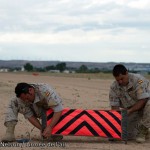

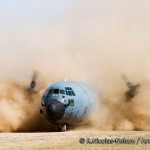
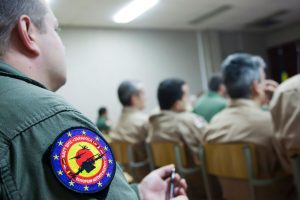


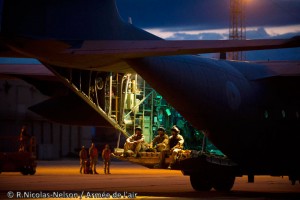
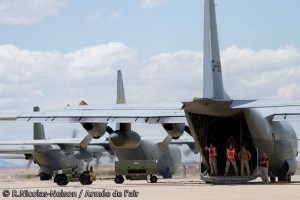
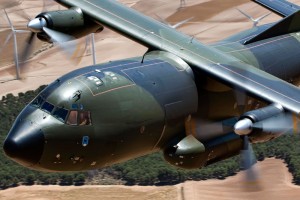



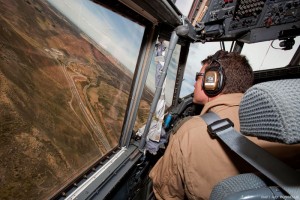
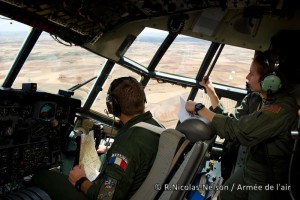
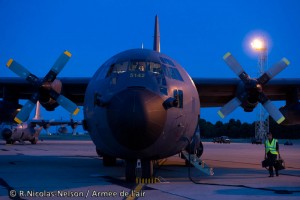
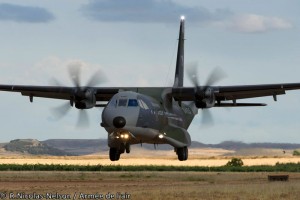
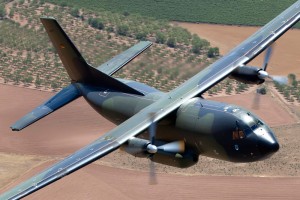
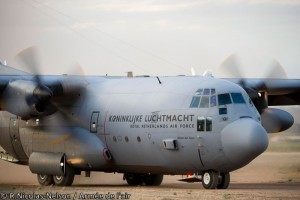

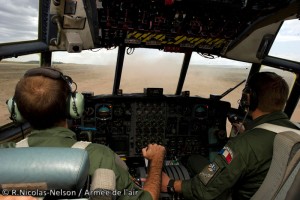
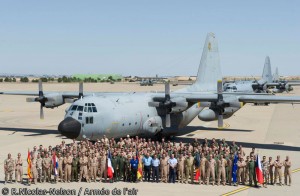
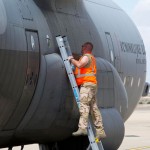
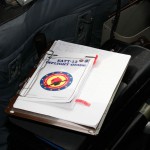
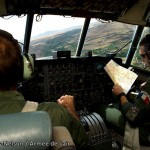
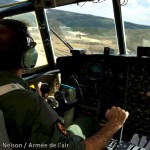
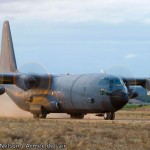
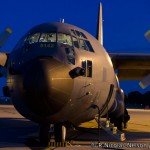
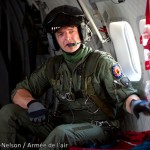


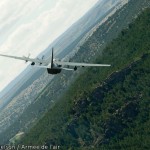
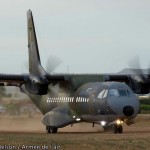
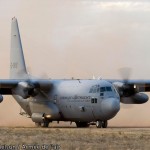
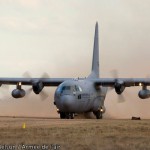
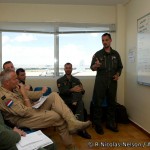
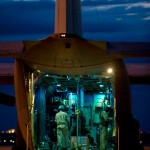
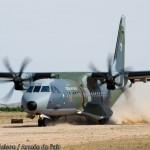
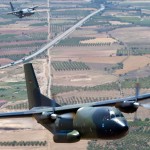


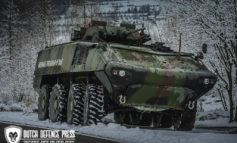
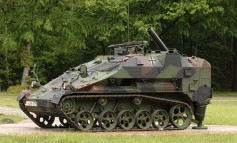
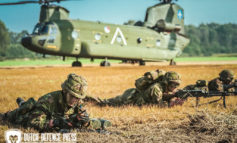
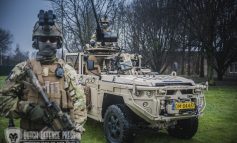



Leave a Reply